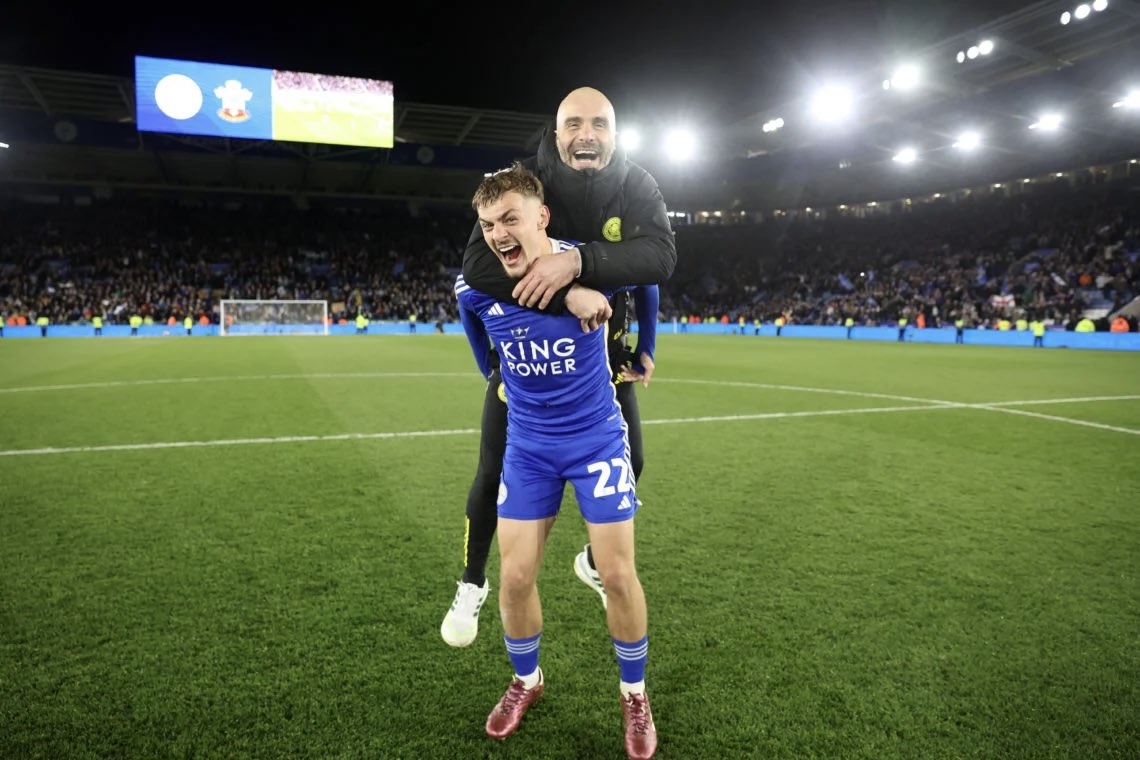The Decline of The Traditional Centre-Forward in Modern Football and it's Rebirth
- Bryan Ftbl
- 29 ago 2024
- 3 Min. de lectura
Centre-forwards are indispensable cornerstones of football, seamlessly amalgamating exceptional scoring prowess, formidable physicality, and astute tactical acumen to elevate team performance. Their distinctive skill set wields a profound influence, profoundly shaping both offensive maneuvers and defensive strategies.
In contemporary football, the quintessential role of the centre-forward has increasingly become an anomaly, as the tactical landscape has evolved to prioritize versatile and fluid attacking modalities. This transformation is driven by several factors, including the rise of new tactical systems that prioritize mobile, multi-functional players over static goal-scorers, the implementation of false nines that break conventional positional structures, and the changing demands of modern coaching philosophies that emphasize adaptability and teamwork. Essentially, with the rise of JDP in the world of football your conventional number 9's disappearing. As a result, classic centre-forwards, defined by their physical presence and primary goal-scoring responsibilities, are often marginalized in favor of dynamic forwards who can contribute to various phases of play, reflecting a broader trend towards collective strategies that prioritize movement, fluidity, and tactical discipline over individual positional specializations.
Now you ask why has there been a rebirth in the traditional centre-forward, well it hovers down to one man and that is none other than Pep Guardiola himself.
Guardiola’s tactical philosophy is deeply rooted in possession-based football, characterized by fluid movement, quick passing, and spatial awareness. While he is often associated with the ‘false nine’ role—most notably employed with Lionel Messi at Barcelona—his time at Manchester City has seen a strategic shift. Here, he has introduced a more traditional centre-forward to his system, most prominently in the signing of Erling Haaland.
The integration of a dedicated centre-forward within a possession-based framework has allowed Guardiola to explore the tactical potential of having a focal point in attack. By combining possession with the physical presence of a centre-forward, Guardiola has successfully unlocked the option for a killer 9 contributing to his attacking play, making it difficult for defenses to predict and respond to threats.
Haaland’s physicality and athleticism add a different dimension to Manchester City's attack. Standing at 6'4", he combines speed with strength, making him a difficult player to defend against. His ability to hold off defenders while creating space for teammates is invaluable in a system that relies on intricate passing and movement.
Moreover, his intelligent runs and movement off the ball enable City to stretch defenses and create gaps. This is particularly crucial in Guardiola's style of play, which emphasizes maximizing the use of space. Haaland's presence forces defenders to make difficult decisions, often leading to tactical mismatches that City can exploit.
Pep has started a revolution in the rebirth of the traditional centre-forward in football. The focus of conscription in football has shifted, with recruitment teams now prioritizing valuable proficiencies such as aerial ability, strength and physical presence, off-ball movement and game intelligence. This can be seen with the rising interest in players such as;
Victor Osimhen, Evan Ferguson, Samu Omorodion, Darwin Nunez and Kai Havertz.
In conclusion, the multifaceted attributes of a dominant centre forward extend far beyond mere goal-scoring prowess. Their adeptness in positioning, aerial supremacy, and astute game intelligence underpins their pivotal role in shaping the dynamics of a match. As the vanguards of their teams, these players embody a harmonious blend of technical finesse and physical resilience. As we look to the future of football, it is clear that such exceptional talents will continue to captivate audiences and redefine offensive play, leaving an indelible mark on the beautiful game.
Thank you all for reading this article.







Comentarios